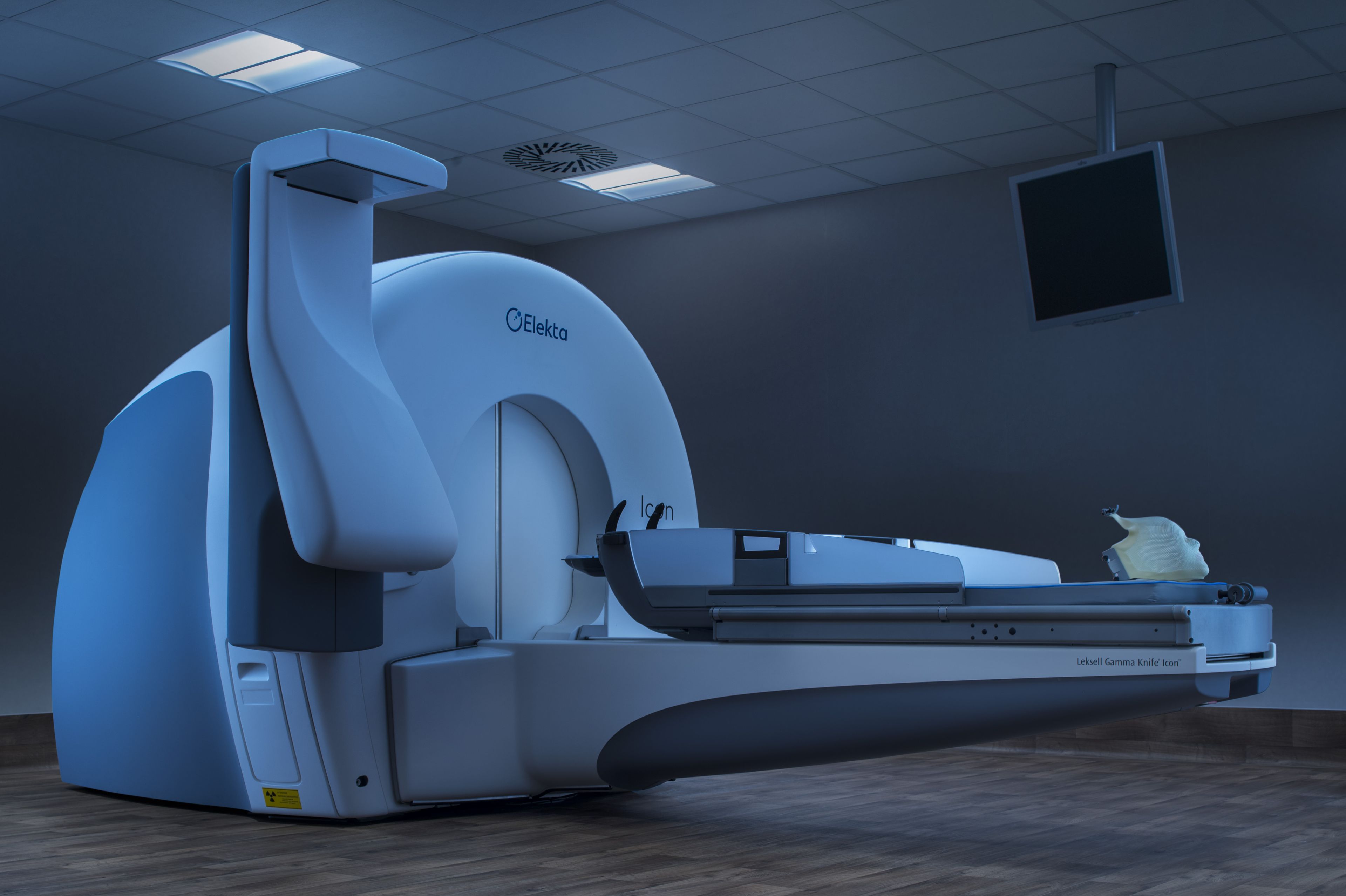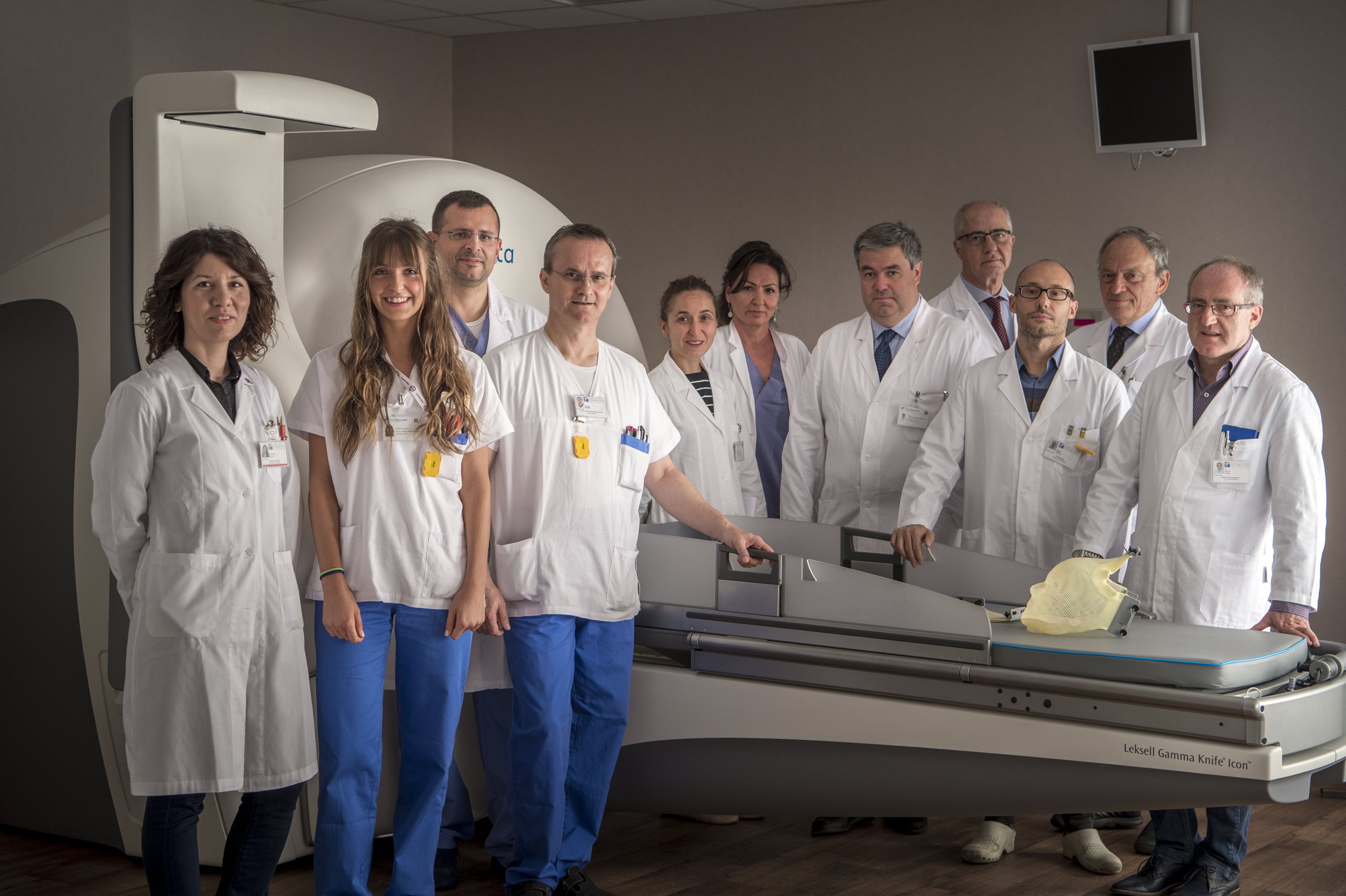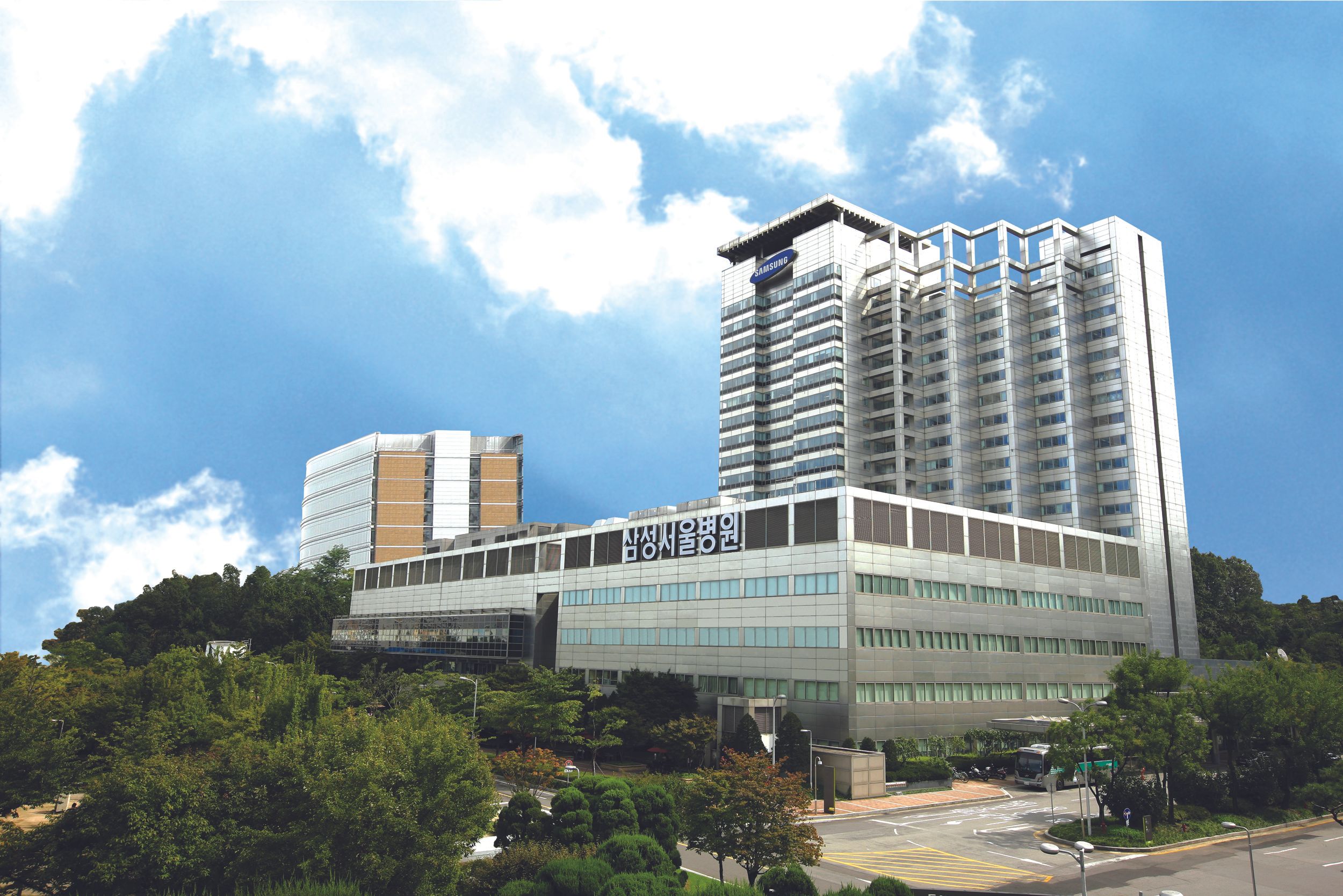Italy hospital bolsters SRS program with Icon

Poliambulanza Foundation Hospital now offers both frame-based and frameless Gamma Knife radiosurgery
With a Leksell Gamma Knife® Icon™ radiosurgery system joining a pair of advanced Elekta linear accelerators at Poliambulanza Foundation Hospital (Brescia, Italy) in September 2017, clinicians now have dedicated stereotactic radiosurgery (SRS) and radiation therapy (SBRT) tools for both intracranial and extracranial indications.

The medical center acquired its Elekta linacs in 2011, upgrading the linacs with the Agility multileaf collimator (MLC) in 2015 and High Dose Rate mode (flattening filter-free) this year. The systems shouldered a heavy SRT workload of extracranial as well as intracranial cases, according to Mario Bignardi, MD, radiation oncologist and head of the Radiation Oncology department at Poliambulanza, a private non-profit hospital.
“Before we got the Icon system – in addition to SBRT of body targets – we performed SRS for small primary or metastatic brain tumors using the Apex add-on dynamic micro-MLC and dynamic 3D conformal techniques at an average of one case per week,” Dr. Bignardi says. “For larger targets requiring Hypofractionated SRT – such as skull base meningiomas or resection cavity post-metastasectomy, we used VMAT without Apex, also about one patient each week.”
In 2016, Poliambulanza Foundation Hospital treated about 60 patients with brain metastases and approximately 70 with primary tumors, of which two-thirds were benign (meningiomas or acoustic neuromas).
Icon assumes intracranial duties
Italy’s first Icon and the 50th system operating globally, Poliambulanza’s Icon has helped shift most of the intracranial case burden to a modality tailor-made for brain indications, while also expanding the range of Gamma Knife SRS indications by enabling frameless, hypofractionated treatments.

“We acquired Icon to increase our intracranial throughput, integrating microsurgical and radiotherapy activities for the treatment of brain tumors,” says Alberto Franzin, MD, neurosurgeon and head of the Gamma Knife and Functional Neurosurgery Unit. “Icon is particularly useful because it makes multi-session treatments much easier. The location of the system in the radiation oncology department has proven to be great for achieving a full collaboration between neurosurgeons and radiation oncologists.”
Not all intracranial cases that might benefit from a hypofractionated approach automatically go to Icon, according to Dr. Bignardi.
“The brain cases are evaluated by a multidisciplinary team comprised of a neurosurgeon, a radiation oncologist and occasionally a medical oncologist,” he explains. “If we decide for a hypofractionated treatment, the choice between Icon and a linac depends on volume of the tumor – and therefore the duration of the treatment – and its proximity to critical organs. The precision and steep dose fall-off that Icon provides are ideal for cases involving very small targets that are close to eloquent areas. Larger volume targets are then evaluated for treatment on a linac where sometimes margin tolerances are higher.”
Over the last two months, clinicians have used Icon to treat 78 patients, the majority (64) receiving traditional single-session G-frame-based Gamma Knife radiosurgery. The most frequently treated diseases are benign tumors (meningiomas and schwannomas), metastases, trigeminal neuralgia and AVMs.



Eleven patients have had multi-session frameless radiosurgery and three had a frameless single-fraction treatment,” Dr. Franzin notes. “The criteria are volume of the tumor and how close the lesion is to sensitive structures like the optical pathways. The two single-session frameless treatments were for 1.5 to 2.0 centimeter tumors in non-critical areas with a duration of less than 30 minutes.”
Drs. Franzin and Bignardi predict a robust volume of 230 patients at the end of the hospital’s first year operating Icon, with the expectation that one of four patients will receive frameless radiosurgery.
“Leksell Gamma Knife Icon represents a real turning point with the availability of a frameless system that enables hypofractionated treatments,” Dr. Bignardi observes. “We think it will widen the spectrum of exploitable strategies among which to choose the best for each patient.”





